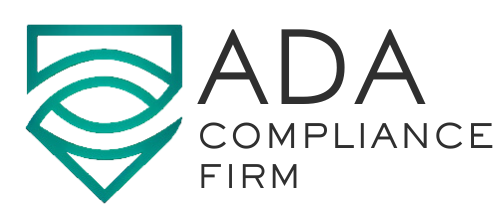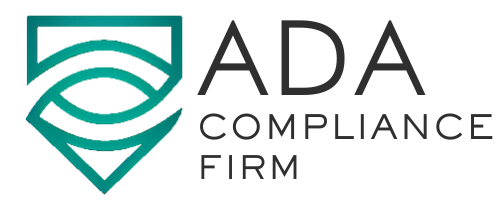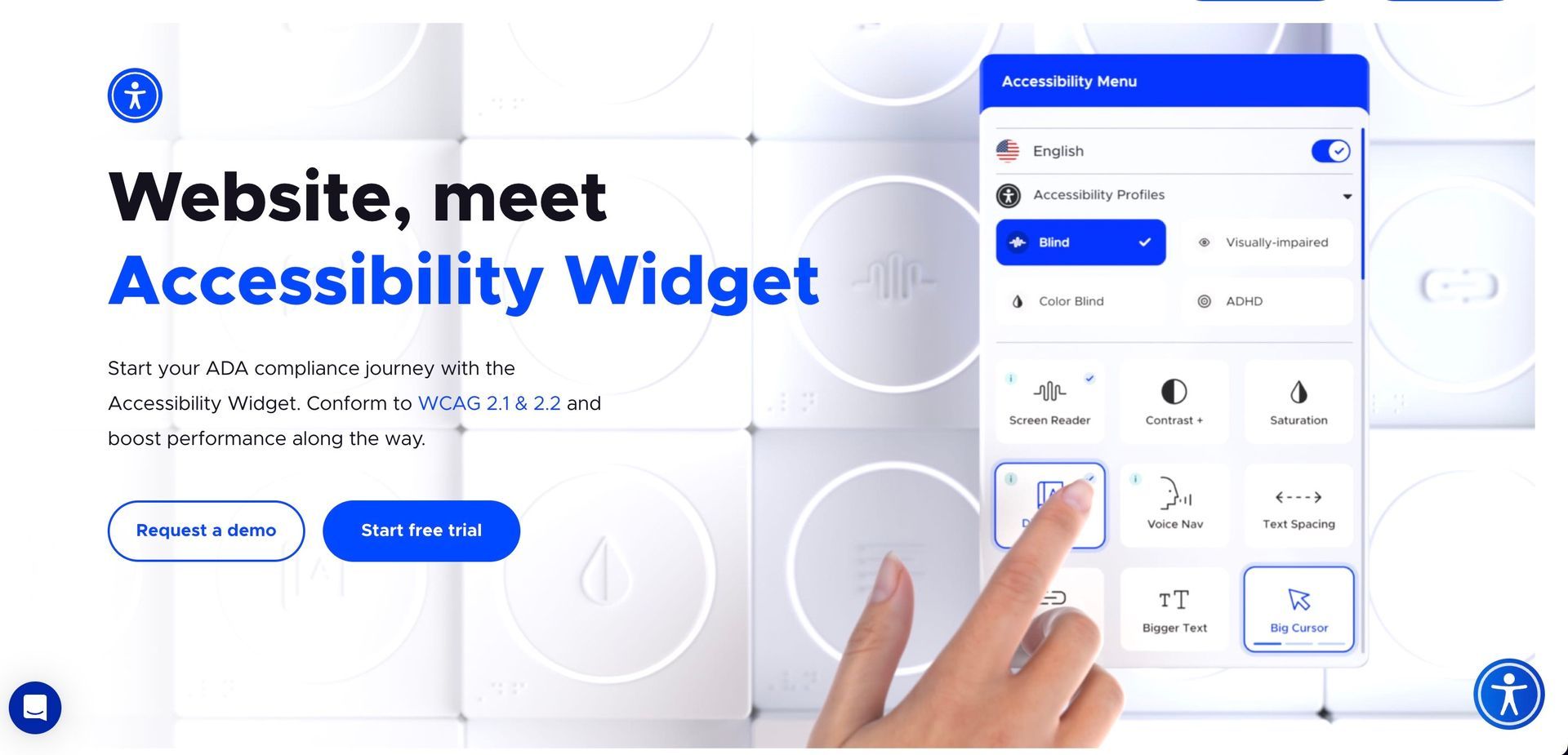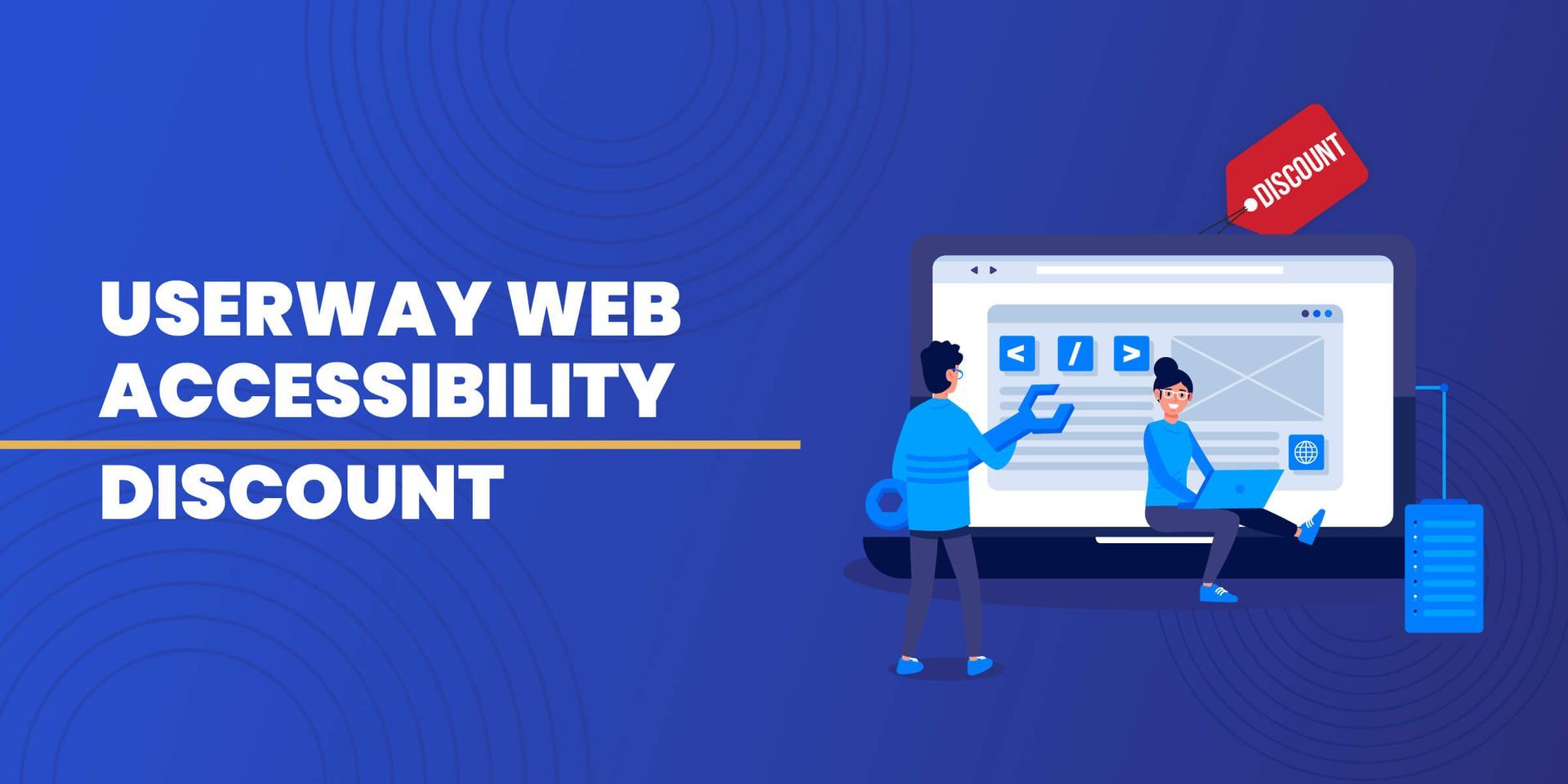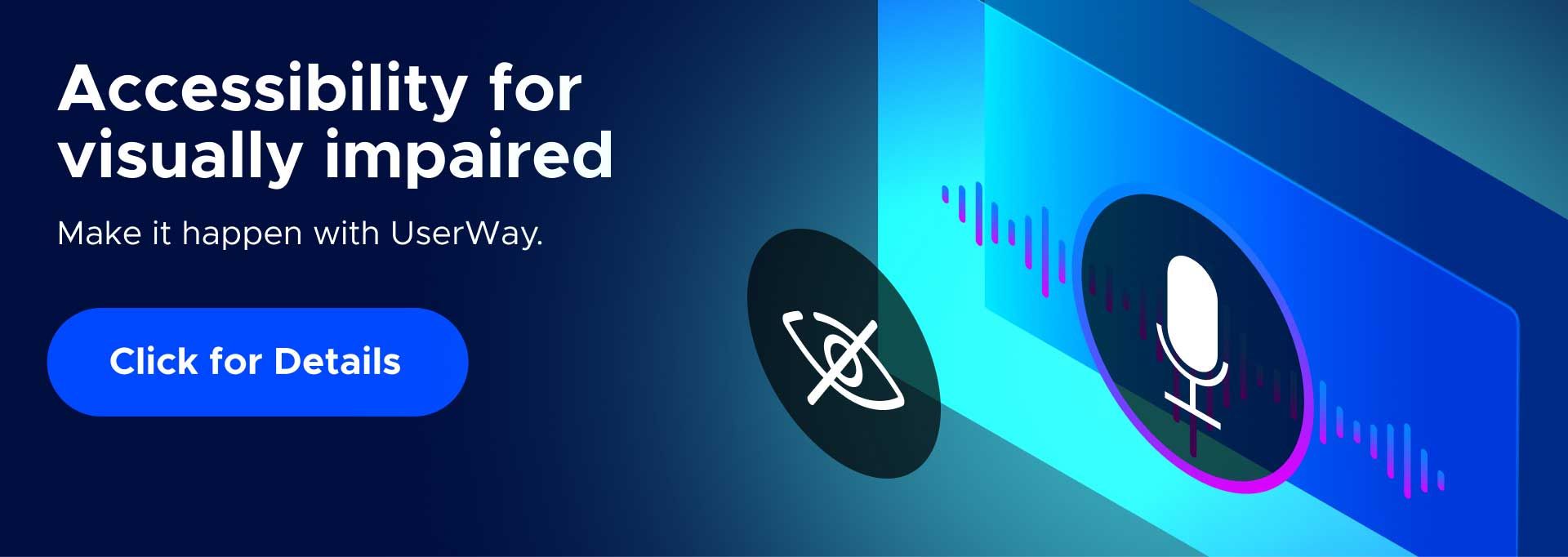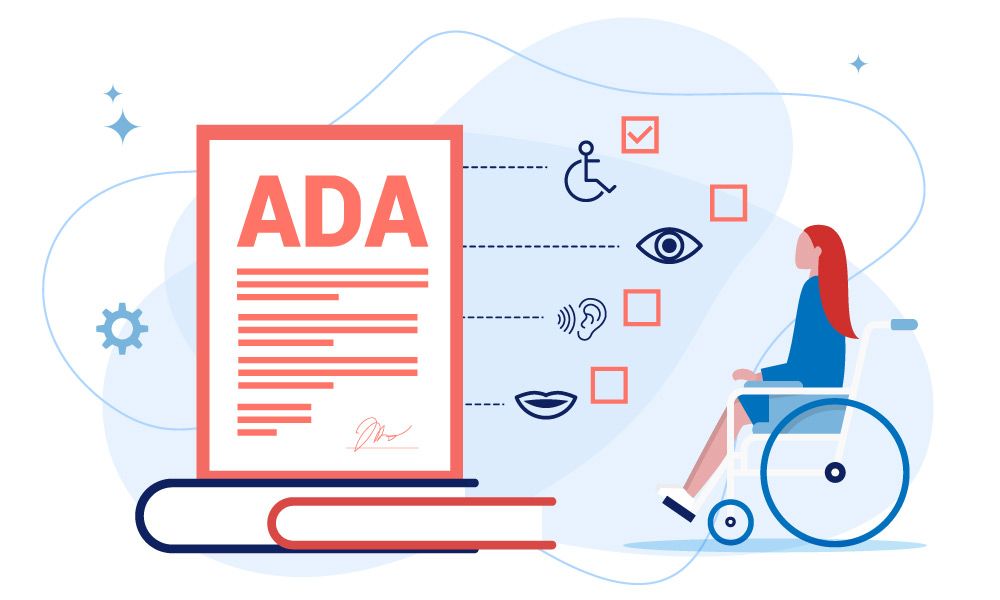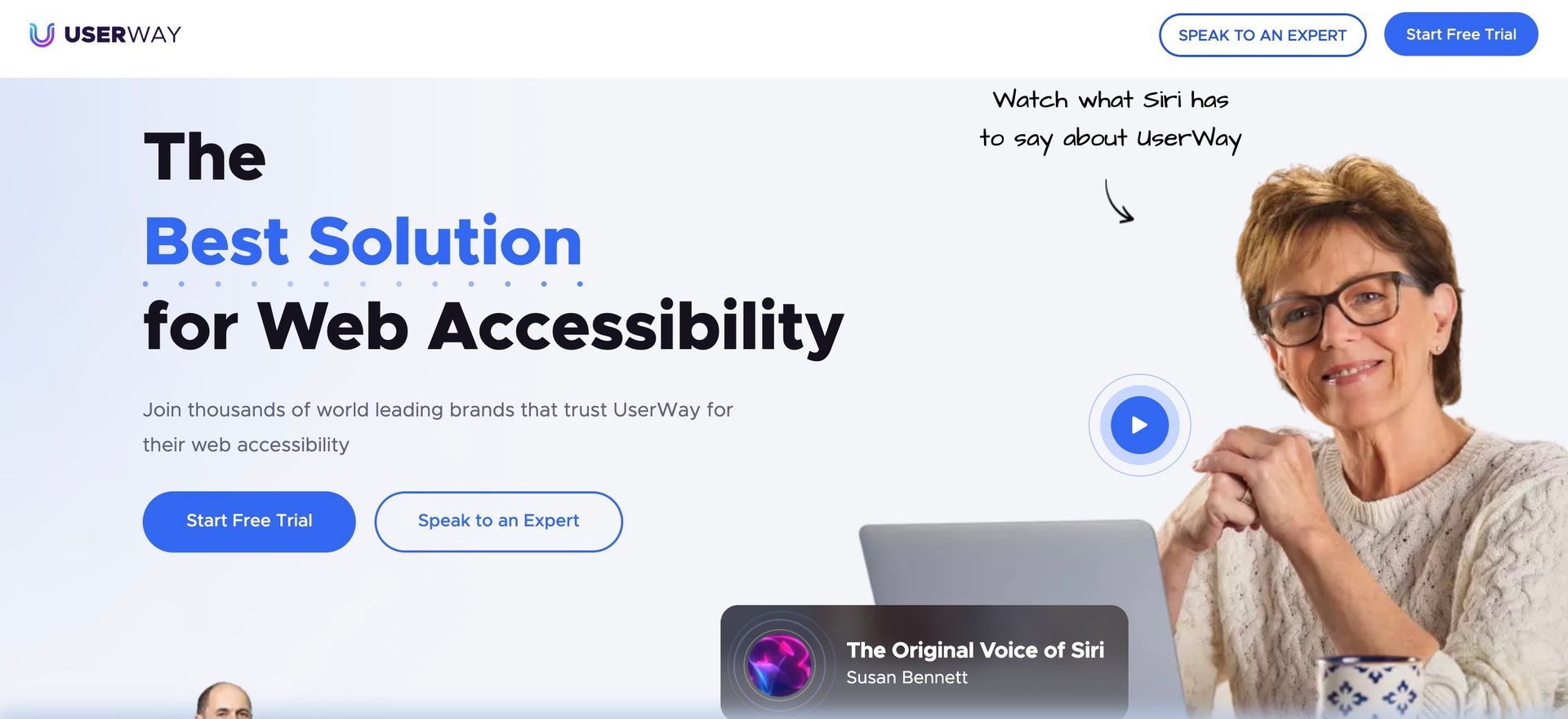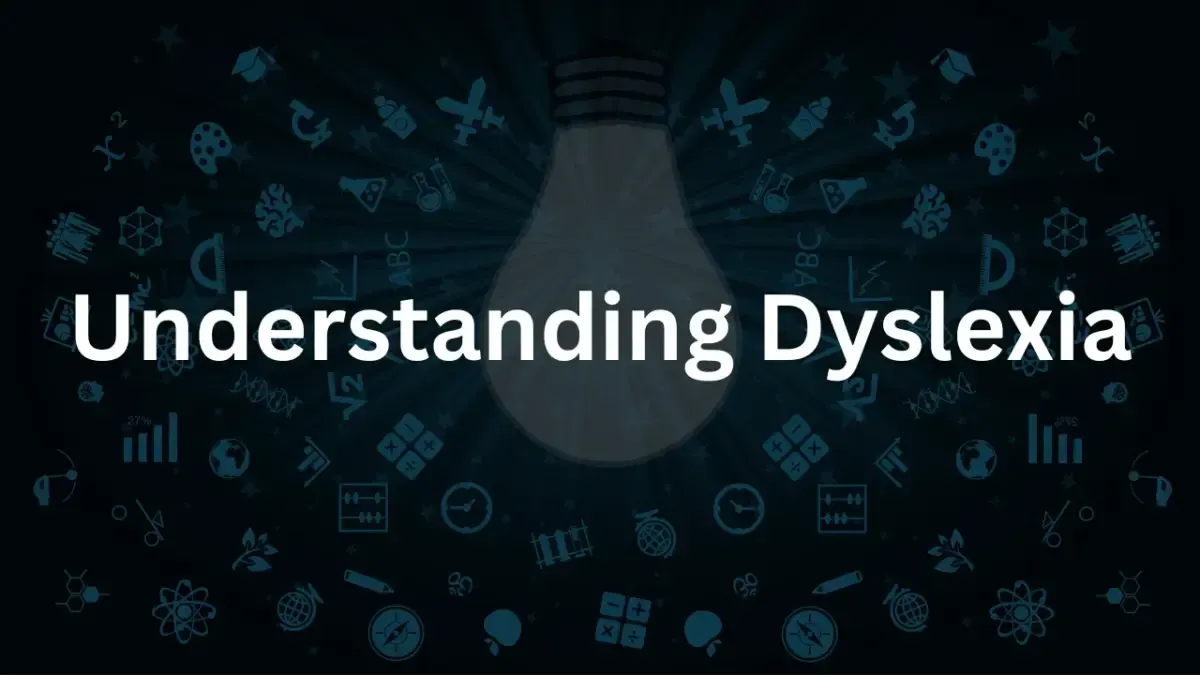Navigating the Maze of Disability Rights and Legislation

Few crusades in human rights stand as crucial and complex as the fight for the rights of people with disabilities. Disability rights legislation has redefined the contours of equality and inclusion and set forth a framework within which every individual, regardless of their physical or cognitive differences, can thrive and contribute to society. This long-form article is crafted for law students, disability advocates, and those interested in human rights law, diving deep into the ocean of disability rights legislation that shapes everyday life for millions.
Understanding Disability Rights and Their Evolution
The bedrock of disability rights lies in the conviction that every person has intrinsic value and the right to lead their life with dignity and autonomy. From exclusion to integration, the journey of disability rights legislation is a testament to society’s evolving stance on the inclusivity of individuals with disabilities.
The post-World War II era witnessed a seismic shift in the understanding and treatment of people with disabilities. What began with simple segregation and institutionalization gradually gave way to a recognition of the invaluable contributions that individuals with disabilities could make.
This shift in societal perception was bolstered by landmark legislation that spelt out the rights of people with disabilities, starting with the declaration of the United Nations’ International Day of Disabled Persons. Subsequent decades saw the rise of comprehensive laws providing equal employment opportunities, education, and public life.
Unpacking Essential Disability Rights Laws
Several critical pieces of legislation serve as the legal bulwark for the disabled at the heart of the disability rights movement. Let’s explore the trifecta of laws that underpin the rights of individuals with disabilities.
Americans with Disabilities Act (ADA)
When President George H.W. Bush signed the Americans with Disabilities Act into law in 1990, it marked a watershed moment for people with disabilities in the United States. The ADA, which prohibits discrimination based on disability and mandates reasonable accommodations for employees and public services, has been a beacon of hope for millions.
The ADA’s protections encompass all aspects of public life, from employment and education to access to goods and services. Notable features include the recognition of a disabled individual as someone with a physical or mental impairment that substantially limits one or more major life activities, a person who has a history or record of such an impairment, or a person who is perceived by others as having such an impairment.
Rehabilitation Act of 1973
The Rehabilitation Act of 1973 was an important precursor to the ADA. It was a pioneering effort to eradicate discrimination against the disabled. This law paved the way for changes in how we perceive and accommodate individuals with disabilities in the workforce and federally funded programs and activities.
Section 501 requires affirmative action and nondiscrimination in employment throughout the federal government, and Section 504 prohibits programs receiving federal funding from discriminating against people with disabilities and requires reasonable accommodations in these settings as well.
Individuals with Disabilities Education Act (IDEA)
Education is the great equalizer, a sentiment wonderfully encapsulated by the Individuals with Disabilities Education Act. IDEA ensures that students with disabilities have access to a free appropriate public education (FAPE) and are provided services and accommodations that address their unique needs.
Under IDEA, eligible children are entitled to an Individualized Education Program (IEP) designed to meet their educational goals, ensure progress in the general education curriculum, and facilitate their development. The primary purposes of an IEP are to identify the child’s learning or developmental needs and outline the specialized instruction and related services necessary to meet those needs.
Employment Rights for Individuals with Disabilities
Gainful employment is not just a source of income for individuals with disabilities; it is a cornerstone of their independence and self-worth. Disability rights legislation has played a pivotal role in dismantling employment barriers and opening up new vistas for people with disabilities.
Prohibition Against Discrimination
Under the ADA, it is illegal to discriminate against a qualified applicant or employee with a disability in job application procedures, hiring, firing, advancement, compensation, job training, and other terms, conditions, and privileges of employment
.
Reasonable Accommodations in the Workplace
Reasonable accommodations are changes or adjustments to a workplace or job that allow an employee with a disability to perform the essential functions of their job. The ADA requires employers to provide reasonable accommodations unless doing so would cause significant difficulty or expense for the employer.
The Interactive Process
The interactive process is an ongoing communication between the employer and the disabled employee to identify adequate accommodations. It involves discussing the individual’s limitations, potential accommodations, and difficulties encountered with various solutions.
The Imperative of Accessibility
Accessibility is the gateway to the world for individuals with disabilities. It ensures that physical, digital, and communication barriers do not impede their access to vital services and opportunities.
The ADA and Physical Accessibility
The ADA’s Title III addresses the physical accessibility of public places, stating that places of public accommodation must remove physical barriers to the extent that it is readily achievable, allowing individuals with disabilities the same opportunity to access goods and services as those without.
Digital Accessibility and the ADA
With the digital age in full swing, ensuring that websites, apps, and online services are accessible to individuals with disabilities is critical. The ADA’s application to digital content is an evolving area of law, with growing recognition that the Internet is a place of public accommodation.
Effective Communication for Auditory and Visual Disabilities
The ADA requires effective communication with individuals with vision, hearing, or speech disabilities. This may include providing auxiliary aids or services like qualified interpreters, notetakers, or closed captioning services to facilitate understanding.
Enforcement Mechanisms of Disability Rights Laws
Laws without enforcement are mere words on paper. Disability rights legislation is backed by robust enforcement mechanisms that ensure accountability and provide redress to those who have been wronged.
Administrative Complaints and Lawsuits
Individuals who believe their rights under the ADA have been violated can file a complaint with the Department of Justice or another designated federal agency. They may also be able to bring a lawsuit in federal or state court.
The Role of Government Agencies
Agencies like the Equal Employment Opportunity Commission play a critical role in enforcing disability rights in the workplace. They investigate complaints, facilitate mediation, and litigate on behalf of aggrieved individuals.
Private Rights of Action
One of the hallmarks of disability rights laws is the provision for private individuals to bring their lawsuits to enforce their rights. This right ensures that disability rights are not contingent on the government’s or a public body’s enforcement.
Recent Developments and Trends in Disability Rights Legislation
The fight for disability rights is ongoing, with new challenges and opportunities continually arising. Recent legal developments and trends have expanded the scope and protections of disability rights laws, reflecting a growing recognition of the intersectionality of disability with other forms of identity and the unique barriers faced by marginalized communities within the disabled population.
Intersectionality in Disability Rights
The intersection of disability with race, ethnicity, gender, sexual orientation, and other identities has brought to light the compounding effects of discrimination. Recent legal discourse has focused on addressing these complex issues to ensure the rights of all individuals with disabilities are protected.
Emerging Laws and Regulations
Legislatures are not resting on their laurels when it comes to disability rights. New laws and regulations continue to be proposed and enacted, seeking to close existing gaps in protection and address the evolving challenges faced by individuals with disabilities.
Conclusion
The breadth of disability rights and legislation is vast, touching nearly every aspect of human endeavor. As we navigate the often labyrinthine paths of law, enforcement, and compliance, our ultimate objective remains clear: to create a world that is accessible and welcoming to the full spectrum of humanity.
The onus is not solely on lawmakers and enforcers; it falls on us, members of a shared community, to champion the rights of individuals with disabilities. By arming ourselves with knowledge, empathy, and a commitment to universal dignity, we can turn the pages of legislation into lived experiences that respect the rights and celebrate the victories of those for whom the crusade for disability rights is a daily reality.
To law students, advocates, and the curious alike, I urge you to delve deeper into the annals of disability rights legislation, engage with the narratives and case law, and let your understanding and passion propel you to action. For in the melding of law with the human spirit, we find answers and the questions that spur us onward in the ever-unfolding quest for equality and justice.
Join our newsletter
Recent Blog Posts
